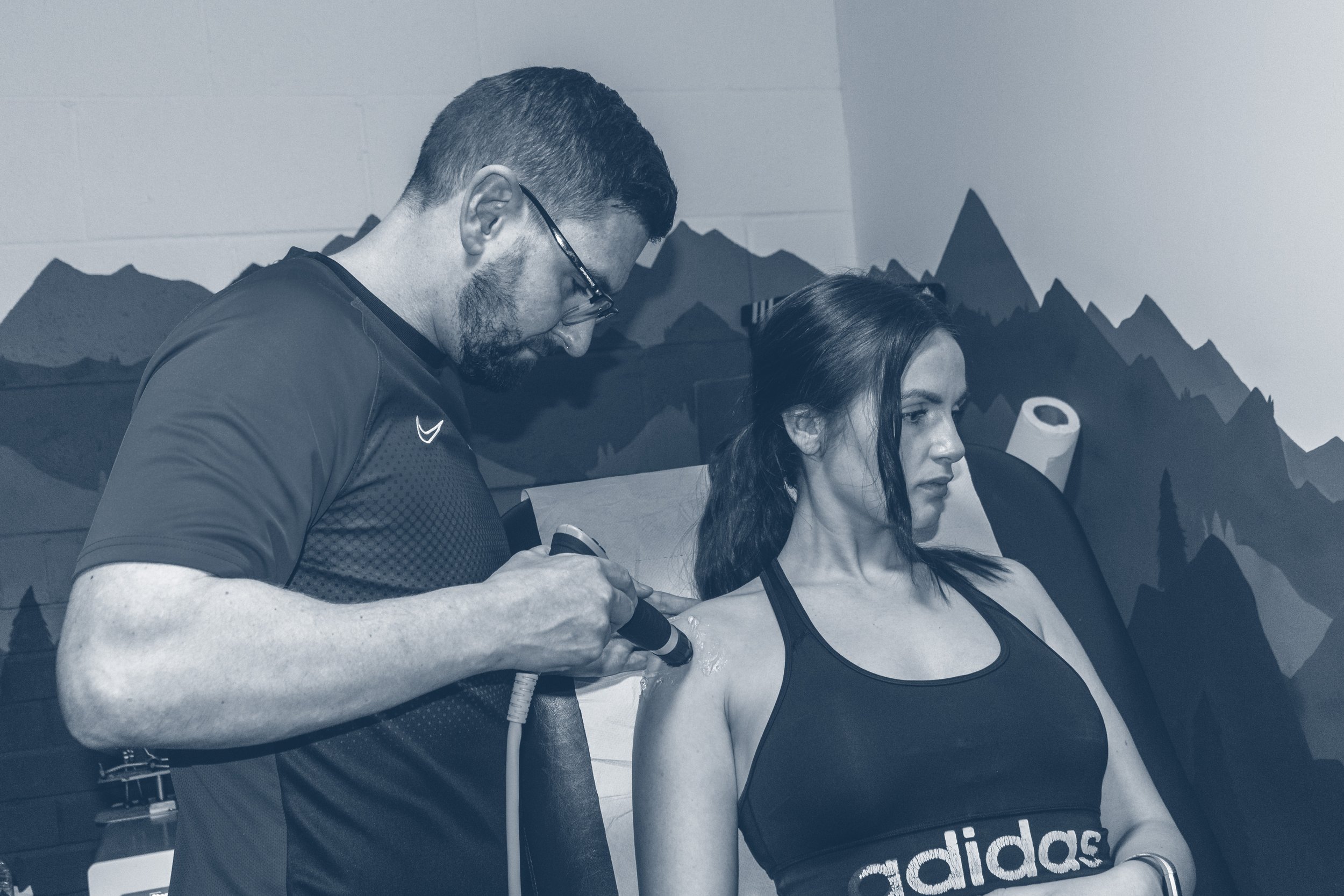
shockwave therapy
shockwave therapy
Shockwave therapy was developed in Germany during the late 1960s. Researchers began studying the effects of shockwaves on the human body and discovered that they affected different parts of the body in different ways: For example, electricity had little effect on fat but proved dangerous to the brain and the lungs. At this point, it was mostly used to break up painful kidney stones to make them easier for patients to pass.
In the 1990s, scientists began to study the effects of high-energy shockwave therapy on soft tissue injuries. Both high-energy and low-energy shockwave treatments work by sending pulses of energy to the injured area.
Shockwave therapy may be used to:
Increase circulation around injured soft tissues
Break down calcified deposits (like kidney stones)
Stimulate cells that generate new bone tissue and connective tissue.
Reduce pain by overstimulating nerve endings in the affected area
-
You can continue your daily routine while you receive shockwave therapy for plantar fasciitis, bursitis, or tennis elbow instead of setting aside time for amore invasive procedures like surgery that may not benefit you long term. At The Treatment table we usually start patients on two or three sessions over 2 or three weeks. If there’s no improvement after this point, we will reassess if this is the right treatment for your condition.
-
Shockwave therapy can also be combined with a Physiotherapy program to get injured people back to work — or playing their favorite sport — faster. It's ideal for athletes who do not yet want or need surgery for chronic pain or injuries.
-
Any type of tendinopathy can put you out of work for weeks at a time. At the very least, this type of nagging (and sometimes severe) pain can restrict your participation in hobbies and work. If your tendons are damaged, we can begin with more standard, conservative treatment like nonsteroidal anti-inflammatory drugs while you undergo Physiotherapy.
-
Shockwave therapy offers a middle-ground in treatment that might help the soft tissues regenerate.
-
Shockwave therapy has been approved by NICE (National Institute of Clinical Excellence) for lateral tennis elbow and plantar fasciitis.
What are the Benefits of Shockwave Therapy
Shockwave therapy uses have grown in number since this treatment was invented more than 50 years ago, and researchers continue to discover new ways to use low-energy shockwaves to help patients deal with pain and regenerate tissue.
Are there any Side effects from Shockwave Therapy?
You shouldn’t expect many side effects when you undergo shockwave therapy. Think of the procedure as being similar to an ultrasound — though you will feel a bit of discomfort at the site of the therapy. Obviously, it’s important that you are given this treatment by a licensed professional.
You might notice slight bruising or odd sensations in the spot where you were treated. This usually subsides in a few days.

